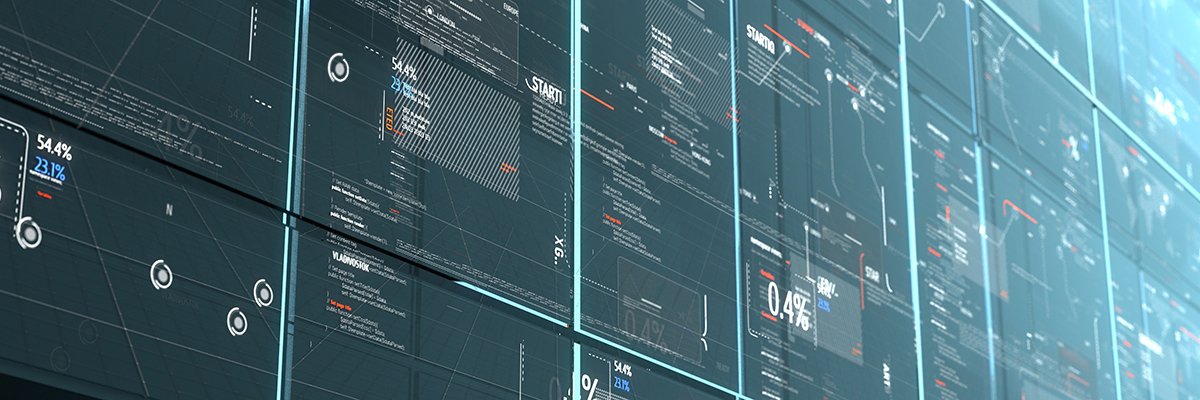Shift in the Open With Containers
- FeatureHow to move legacy applications to containers and Kubernetes
- FeatureUnderstanding and managing data protection for Kubernetes
- FeatureA layered approach to container and Kubernetes security
- FeatureSimplify Kubernetes with Red Hat OpenShift Service on AWS
- FeatureTransform your organization with containers

iSTOCK/GETTY IMAGES
How to move legacy applications to containers and Kubernetes
Learn how migrating legacy applications to containers can remove many of the barriers to modernization.
Many organizations have successful initial public cloud projects, but they are primarily new greenfield application projects carefully chosen as good candidates for running in the public cloud. As a result of these successes, IT organizations are attracted to the elasticity, scalability, and speed of deployment that cloud computing offers. By using cloud technology, IT organizations can more quickly respond to developer and line-of-business demands.
Legacy applications are not typically considered for public cloud deployments because of security, regulatory, data locality, or performance concerns. Many legacy apps were written before cloud computing, so it might seem simpler to leave them deployed on existing infrastructure. However, that decision can create bottlenecks for organizations trying to modernize. Efforts to become more responsive while reducing costs cannot succeed without addressing legacy applications, because keeping these applications running often accounts for the majority of IT costs.
Containers are a key technology that makes many of the services offered by public cloud providers possible. The design of containers opens up many possibilities for automation. Containers, combined with a platform that provides cloud-like automation, are an attractive environment for running applications. Migrating legacy applications to containers can remove many of the barriers to modernization.
Reasons for moving legacy applications to containers
- Scaling and the need to respond quickly
- Positioning legacy systems to enable change
Red Hat’s approach: A cloud experience everywhere
- Streamlining operations with a consistent hybrid cloud foundation
- Developing applications in containers
- Red Hat offers many tools to help developers build applications to run in containers:
- Red Hat CodeReady Studio is a traditional desktop integrated development environment (IDE) with a broad set of tooling for containers and multiple programming models.
- Red Hat CodeReady Workspaces is a Kubernetes-native developer workspace server that runs on top of Red Hat OpenShift. It provides a browser-based IDE so that developers do not need to install software or copy code to their local machine.
- Red Hat CodeReady Containers is a preconfigured, minimal Red Hat OpenShift environment that developers can run on their laptops, giving them a completely self-contained development environment.
- Red Hat Container Catalog provides a library of tested container images from a trusted source that developers can use as base images.
- Red Hat OpenShift Application Runtimes is a collection of Red Hat OpenShift integrated runtimes covering multiple languages and programming styles to simplify cloud-native development.
- Red Hat Application Migration Toolkit is an assembly of tools that helps developers evaluate code from legacy applications to determine what changes are necessary to run on modern platforms such as current application servers and middleware.
- Moving legacy applications into containers
- Improving your application landscape
Red Hat’s approach to hybrid cloud and multicloud provides a common application platform that serves old and new applications, whether they are running on-premise or in the public cloud. The resulting application portability gives organizations the flexibility to run workloads where it makes the most sense. The details of the multiple underlying cloud and container platforms abstract away, making operators and developers more productive regardless of where the application runs.
There are many benefits to containerizing legacy apps and running old and new applications on Red Hat OpenShift. A container-based architecture, orchestrated with Kubernetes and OpenShift, improves application reliability and scalability while decreasing developer and operations overhead. Red Hat OpenShift’s full-stack automation, developer self-service, and CI/CD capabilities also provide a foundation for continuous improvement processes.
Learn more about containers and running containers at scale at here.







